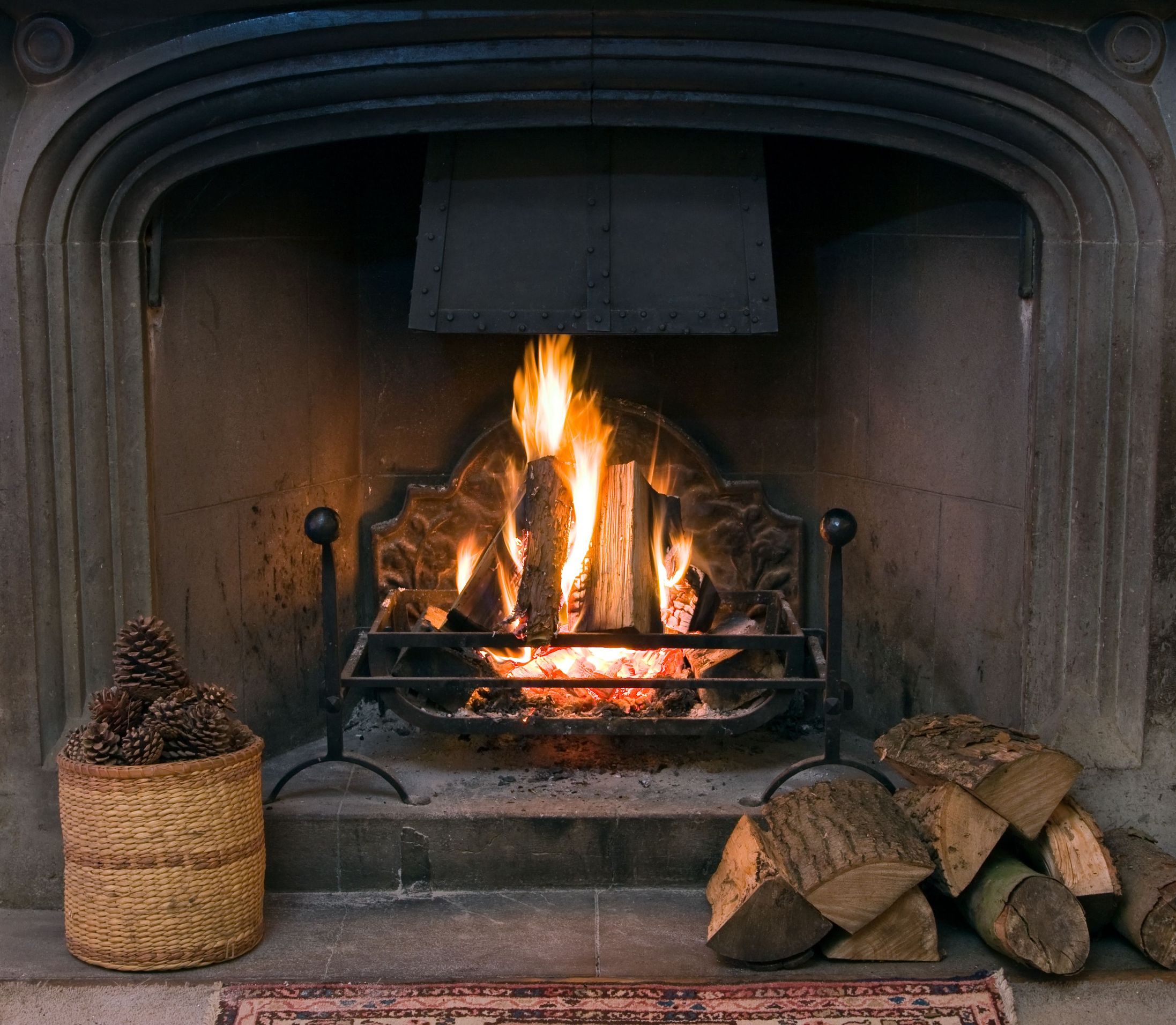One of the primary concerns for any homeowner who wants to install a wood-burning fireplace is how to properly ventilate the appliance. When you decide to install a wood-burning fireplace, you should consider all the wood-burning fireplace venting options. Typically, professionals recommend you install a stovepipe or chimney along an inside wall. This helps to aid in combustion and increased draft. However, you may not be able to use an interior wall. There are other options to ventilate a wood-burning fireplace.
Interior Walls
The best wood-burning fireplace venting options are using interior walls. As you heat your home, the warm air rises to the peak. Roofers will explain how ridge ventilation works better than box vents because it goes along the peak of your home. The same concept can be applied to ventilating your wood-burning fireplace. As the warm air rises, it produces high pressure in the upper part of your home and low pressure in the lower parts of your home. The pressure in your home neutralizes when it equals the same pressure outside. When you decide to ventilate your fireplace through an interior wall, it produces a more efficient fire because the chimney stays as warm as the entirety of the house.
Exterior Walls
Another option is to use an exterior wall to ventilate your fireplace. When you are considering wood-burning stove venting options you should know that using an exterior wall will cause more problems than using an interior wall. If you decide to use an exterior wall, it can cause backdrafts and bad odors. The ventilation cannot neutralize the pressure, causing a cold fireplace and less efficient fire. To prevent issues, you should insulate the ventilation system. It will keep the ventilation system warmer and reduce the likelihood of a backdraft or bad odors.
